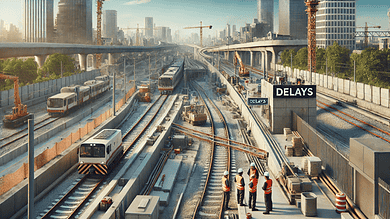Light Rail Accident Prevention
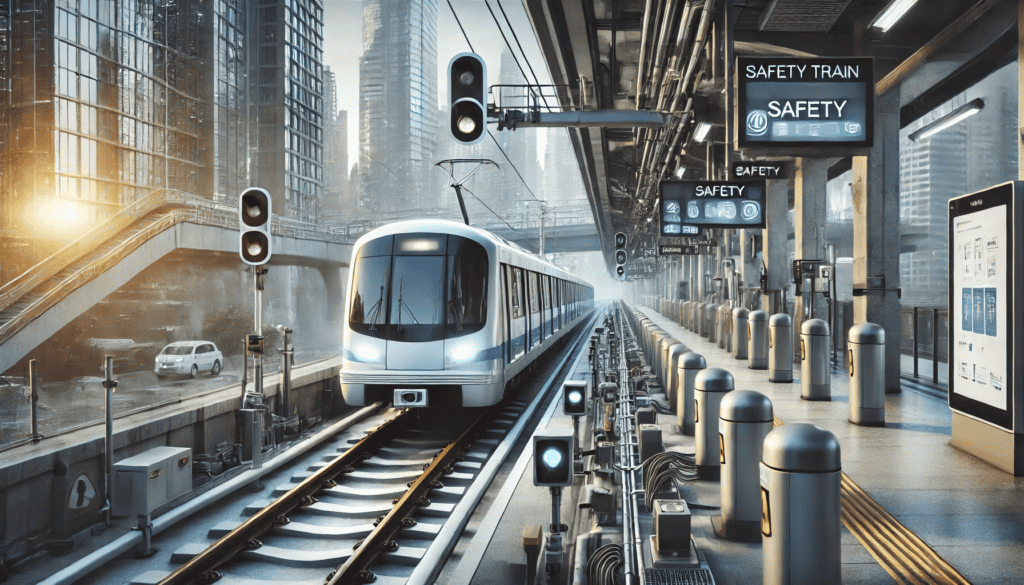
Best Practices for Light Rail Accident Prevention
Ensuring the safety of light rail systems is paramount for the efficient and secure movement of people in urban environments. With the increasing reliance on public transportation, the importance of implementing robust light rail accident prevention measures cannot be overstated.
This article delves into the common causes of light rail accidents, effective prevention strategies, the crucial role of accident prevention experts, and best practices for maintaining a safe and reliable light rail system.
Common Causes of Accidents
Human Error
Human error remains one of the leading causes of light rail accidents. Mistakes by operators, maintenance personnel, and other staff can have severe consequences. These errors can result from fatigue, inadequate training, miscommunication, or simple oversight.
For instance, an operator might misjudge the speed required to navigate a curve, leading to a derailment safely. Addressing human error involves implementing comprehensive training programs, enhancing operator support systems, and fostering a safety culture within the organization.
Technical Failures
Technical failures, including mechanical breakdowns, signal malfunctions, and infrastructure weaknesses, significantly contribute to light rail accidents. Poor maintenance practices and outdated equipment can exacerbate these issues.
For example, a malfunctioning braking system can prevent a train from stopping in time, causing collisions. Regular inspections, timely maintenance, and the adoption of modern technologies are crucial in mitigating the risk of technical failures.
Environmental Factors
Environmental factors such as severe weather conditions, natural disasters, and changes in the urban landscape can impact light rail safety. Heavy rainfall can cause tracks to become slippery, while earthquakes can damage infrastructure.
Urban development projects might also introduce new hazards. Understanding these environmental risks and incorporating adaptive measures, such as weather monitoring systems and robust infrastructure design, can significantly enhance safety.
Operational Issues
Operational issues, including scheduling conflicts, overcrowding, and inadequate emergency preparedness, can lead to accidents. For instance, overloading trains beyond their capacity can cause mechanical strain and increase the likelihood of accidents.
Similarly, insufficient emergency protocols can hinder response efforts during incidents. Streamlining operations, optimizing schedules, and regularly reviewing emergency plans are essential for minimizing these risks.
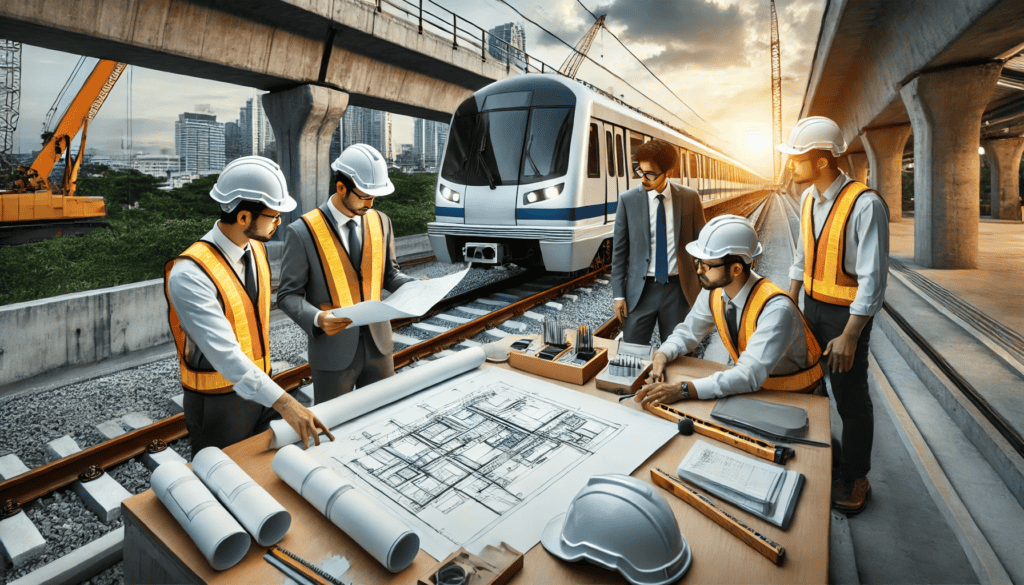
Prevention Strategies
Human Error Mitigation
Light rail systems must invest in comprehensive training and certification programs for all personnel to mitigate human error. Regular training sessions ensure that staff are up-to-date with the latest safety protocols and operational procedures.
Fatigue management systems, such as mandatory rest periods and shift rotations, help prevent accidents caused by operator fatigue. Additionally, integrating advanced technologies like automated control systems can assist operators and reduce the potential for human error.
Technical Enhancements
Upgrading and maintaining rail infrastructure and vehicles is vital for accident prevention. Implementing advanced signaling and communication systems can improve coordination and reduce the risk of collisions. Regular safety inspections and audits help identify and address potential technical issues before they escalate.
For instance, modern braking systems with fail-safe mechanisms can significantly enhance safety. Investing in cutting-edge technologies and continuous infrastructure improvements is crucial for maintaining a safe light rail system.
Environmental Adaptation
Adapting to environmental factors involves implementing weather monitoring and response systems. Real-time weather data can inform operational decisions, such as adjusting train speeds during adverse conditions.
It is essential to design infrastructure to withstand environmental challenges, like reinforced tracks for earthquake-prone areas. Emergency response plans should also account for environmental risks, ensuring quick and effective actions during incidents.
Operational Improvements
Operational improvements are necessary for accident prevention. Streamlining operational procedures, such as optimizing train schedules and routes, can reduce congestion and minimize the risk of accidents. Real-time monitoring and control systems provide operators with critical information, enabling proactive management of potential issues.
Enhanced scheduling and routing strategies ensure efficient operations and mitigate risks associated with high-traffic periods.
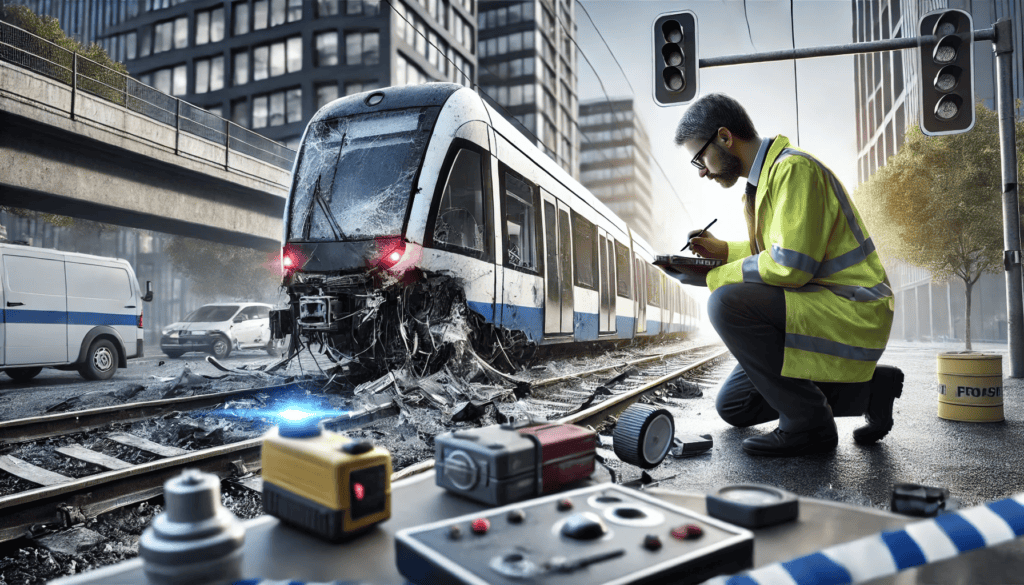
Role of Accident Prevention Experts
Rail Accident Reconstruction Expert
Rail accident reconstruction experts play a pivotal role in understanding the causes of accidents. These experts recreate accident scenarios by analyzing data from event recorders, surveillance footage, and other sources to identify contributing factors.
Their insights help develop targeted prevention strategies. For example, if a signal failure caused a collision, experts might recommend upgrades to the signaling system. Reconstruction experts also provide valuable evidence in legal proceedings and guide safety improvements.
Rail System Safety Consultant
Rail system safety consultants conduct thorough audits and assessments of light rail systems. They evaluate operational practices, infrastructure, and safety protocols to identify areas for improvement. Their recommendations often include implementing advanced safety measures and adhering to industry standards.
Safety consultants provide an external perspective to ensure that light rail systems operate at optimal safety levels. Their expertise is instrumental in achieving regulatory compliance and enhancing overall system reliability.
Light Rail Safety Measures
Implementing comprehensive light rail safety measures involves integrating advanced technologies, improving infrastructure, and enhancing operational protocols. These measures include automatic train control systems, collision avoidance technologies, and real-time monitoring tools.
Additionally, it is crucial to design stations and vehicles with safety features, such as emergency exits and fire suppression systems. Continuous review and updating of safety measures ensure that light rail systems remain resilient against emerging risks.
Detailed rail accident risk assessments are essential for identifying potential hazards and developing mitigation strategies. Risk assessment involves evaluating the likelihood and impact of various risks, such as technical failures, human errors, and environmental factors.
Techniques like fault tree analysis (FTA) and hazard and operability studies (HAZOP) are used to analyze risks systematically. The findings from these assessments guide the implementation of targeted prevention measures, ensuring that all potential risks are addressed.
Public Transportation Safety Strategies
Effective public transportation safety strategies encompass a holistic approach to risk management. These strategies include enhancing infrastructure, implementing advanced technologies, and fostering a safety-oriented culture within the organization.
Regular training and drills prepare staff for emergencies, while continuous monitoring ensures safety protocols are followed. Collaboration with stakeholders, including government agencies and the community, is essential for developing and maintaining effective safety strategies.
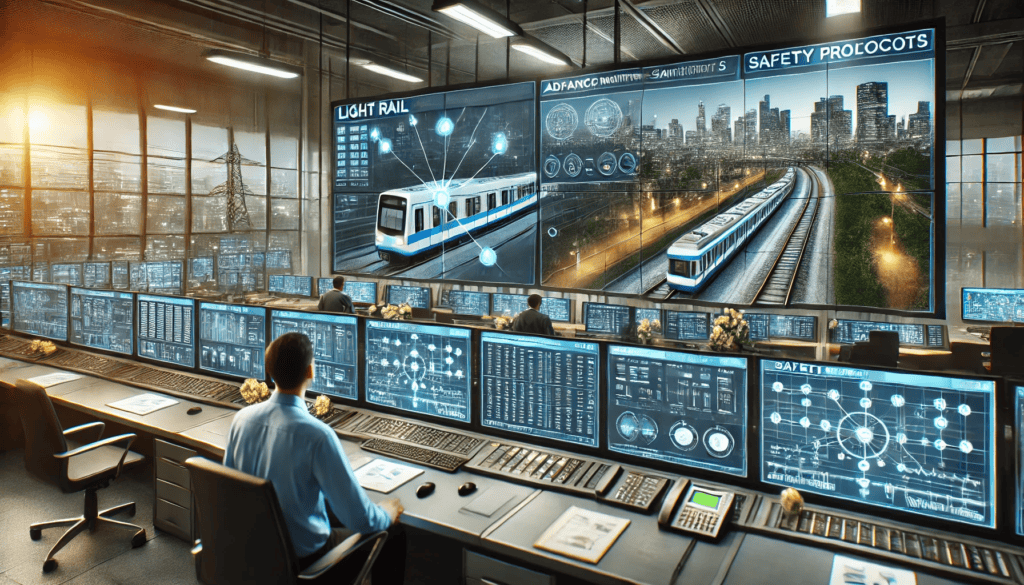
Light Rail Accident Prevention Case Studies
These case studies draw on elements that are seen in real cases, but they remain entirely speculative and are used for educational and illustrative purposes.
Case Study 1: Tokyo Light Rail System
After a series of minor accidents, the Tokyo light rail system implemented a comprehensive safety overhaul. Investing in advanced signaling systems and automated train control significantly reduced the risk of collisions.
The introduction of fatigue management programs for operators further enhanced safety. These measures resulted in a notable decline in accidents and improved overall system reliability.
Case Study 2: London Underground
The London Underground faced challenges related to overcrowding and aging infrastructure. A detailed risk assessment identified critical areas needing improvement.
Upgrades to ventilation systems, enhanced fire safety measures, and the introduction of real-time monitoring technologies were implemented. These changes improved safety and increased passenger confidence in the system.
Light Rail Accident Prevention Strategies
Preventing light rail accidents requires a multifaceted approach that addresses human error, technical failures, environmental factors, and operational issues.
Light rail systems can significantly reduce the risk of accidents by implementing comprehensive prevention strategies, leveraging the expertise of accident prevention professionals, and continuously improving safety measures.
Ensuring the safety of passengers and operators is paramount, and adopting best practices for light rail accident prevention is a crucial step towards achieving this goal.

